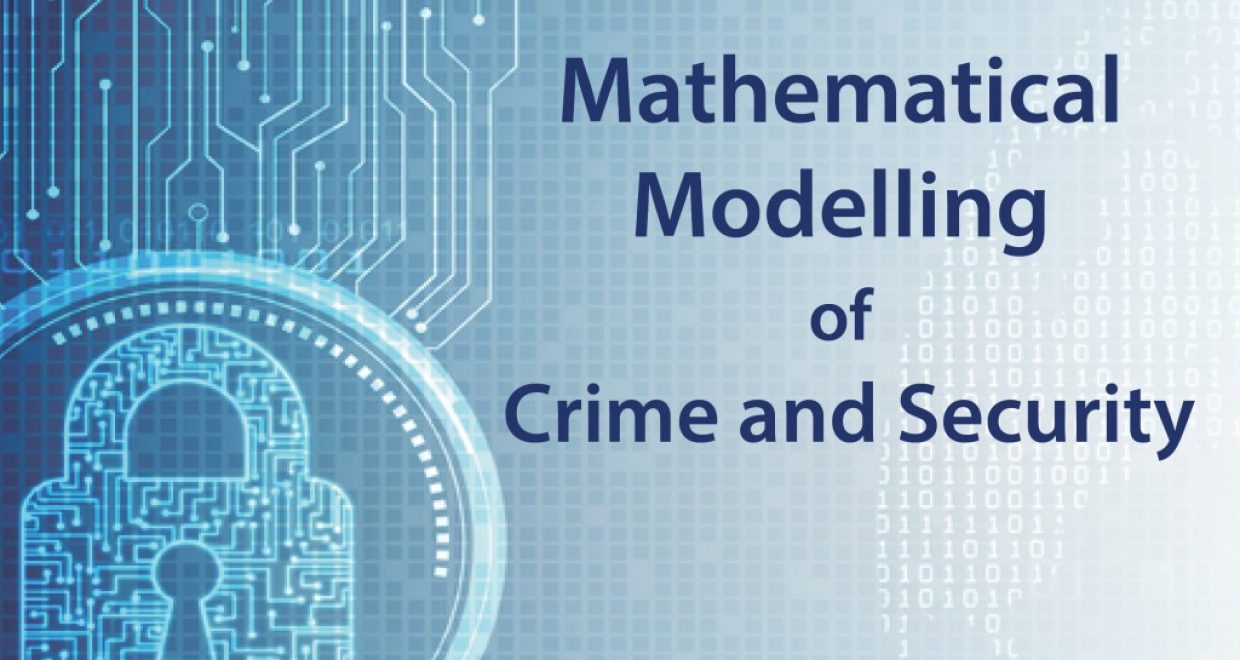How maths could help predict future crime and terrorist attacks
From terrorist attacks to riots and residential burglaries, the latest special issue of the European Journal of Applied Mathematics – published by Cambridge University Press – includes a series of cutting-edge articles that show how maths can be used to predict a broad range of problems related to crime and security.
Drawing on the latest developments in mathematical modelling and the emerging field of mathematical criminology, the articles by leading international academics demonstrate how maths can lead to new insights into criminal behaviour – including predicting where and when crimes like burglaries are more likely to happen, analysing conditions when riots and social unrest might occur and understanding data related to the retaliatory nature of terrorism and cyber attacks.
The collection of articles shows how important maths can be in help in the fight against crime and terrorism on a global level by helping to develop strategies to prevent or mitigate crime with limited police resources.
Several articles focus on developing mathematical models and statistical methods to understand data about crime more precisely. For example, two articles in the series look at how to interpret statistical patterns observed in insurgent, terrorist and cyber-attacks across different geographic settings – including cyberspace. Drawing on approaches popularised within the physics community, the authors conclude that – irrespective of the underlying circumstances and geography – terrorists tend to carry out attacks in a surprisingly generic and universal way.
Another article describes how a random walk algorithm called CRIMETRACER was developed to predict the location of future crimes due to the actions of individual offenders, on the basis of previous crime locations and offender profiles held by the police.
This special issue of the European Journal of Applied Mathematics – which comes out in June – follows on the heels of the first special issue on crime and criminality published back in 2010. This was one of the first collections of articles in an applied mathematics journal dedicated to explorations of crime modelling. Since then, there has been increasing interest in the topic, as well as some ground-breaking developments in the field.
“With the publication of this special issue, our dual aim was to provide a snapshot of the broad spectrum of problems in crime and security that are being studied and the variety of mathematical tools applied, as well as to encourage more researchers to become immersed in this exciting, and largely new, area for cross-disciplinary research,” write the guest editors Andrea Bertozzi (UCLA, US), Shane Johnson (UCL, UK) and Michael J. Ward (UBC, Canada).
The papers in this special issue are now available online and will appear in Volume 27 (due to be published in June 2016). All articles included in this collection are freely available until 31st July 2016.






